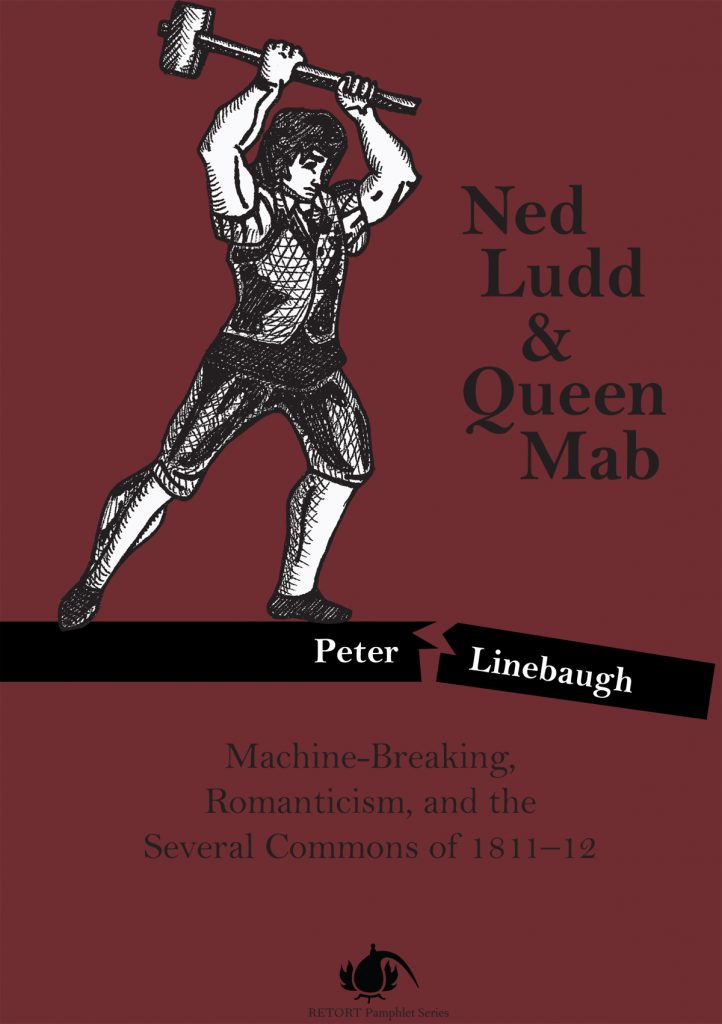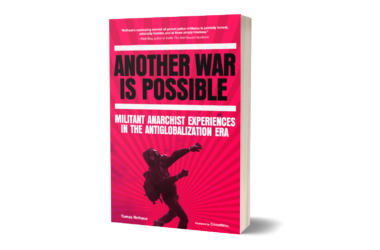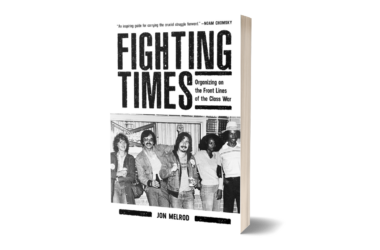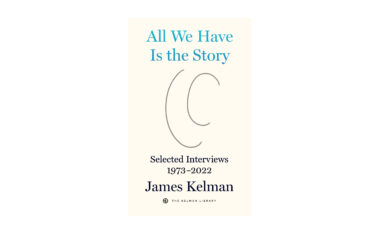Across centuries, land that was collectively worked by the landless was claimed by the landed, and the age of private property was born.
By Eula Biss
The New Yorker
June 8, 2022
On the train to Laxton I was facing backward, heading south from Scotland, with the fields of England rushing away from me. I searched their dark creases and their uneven hedges for something I didn’t know how to see, something I wasn’t even certain was visible. I was trying to locate the origins of private property, a preposterous pursuit. There in those hedges, I was looking for a living record of enclosure, the centuries-long process by which land once collectively worked by the landless was claimed by the landed. That land already belonged to the landed, in the old sense of ownership, but it had always been used by the landless, who belonged to the land. The nature of ownership changed within the newly set hedges of an enclosed field, where the landowner now had the exclusive right to dictate how the land was used, and no one else belonged there.
From my backward-facing seat, I saw a long stone wall on the crest of a cliff. “The Wall,” John Berger writes, “is the front line of what, long ago, was called the Class War.” Walls, fences, hedges, and ditches were all used to mark the boundaries of enclosed land, so that sheep could be kept there, or some other profit could be pursued. Enclosure is how nearly all the agricultural land in Britain came to be owned by less than one per cent of the population. In “The Making of the English Working Class,” the historian E. P. Thompson writes that enclosure was “a plain enough case of class robbery, played according to fair rules of property and law laid down by a parliament of property-owners and lawyers.”
The pilgrims who sailed on the Mayflower were not property owners but economic migrants financed by property owners. They were also communists, in that they agreed to work communally and share the profits of their labor for the first seven years of their settlement, though that agreement did not last beyond the first year. They settled on land held by the Wampanoag people, who did not practice the absolute ownership of land. Among the Wampanoag, rights to use the same plot of land could overlap, so that one family might hold the right to fish in a stream and another might hold the right to farm the banks of that stream. Usage rights could be passed down from mothers to daughters, but the land itself could not be possessed.
I once saw some old suitcases lying open on a museum floor, each full of living sod, the work of the South African artist Kemang Wa Lehulere. His art, the museum catalogue explained, was an effort to reimagine deleted scenes from history. Enclosure would seem to be one such scene. Deleted, perhaps, because it unfolded so slowly, in the course of about five hundred years. It began in the Middle Ages and was completed by acts of Parliament in the eighteenth and nineteenth centuries. This land revolution set the stage for the Industrial Revolution. Enclosure, Marx argued, is what produced the landless wage workers who became the proletariat. Historians disagree on that, so it is safer to say that enclosure produced Romantic poetry, a literature marked by nostalgia for a lost world. “All sighed,” the landless poet John Clare wrote, “when lawless law’s enclosure came.”
Clare was a homesick poet, always trying to write himself back to the open fields of his childhood. “Unbounded freedom ruled the wandering scene,” he wrote, “Nor fence of ownership crept in between.” After writing four books of poetry, he was certified insane and admitted to an asylum. But he absconded from the asylum and walked eighty miles back to the place he was from. He slept in ditches and ate grass and believed he was going back to his first love, who was no longer alive. Ever since I saw those suitcases on the museum floor, Clare has walked eighty miles through my mind carrying a suitcase of his native sod.
arrying a suitcase of his native sod.
Laxton is the one remaining village in England that was never enclosed, and where tenant farmers still work the land coöperatively, as they have for at least the past seven hundred years. They use the open-field system, cultivating crops on narrow strips of land that follow the curvature of the hills. There are no hedges or fences between these strips, and working them requires collaboration among the farmers.
In the time before enclosure, shared pastures where landless villagers could graze their animals were common. Laxton had two, the Town Moor Common and the much larger Westwood Common, which together supported a hundred and four rights to common use, with each of these rights attached to a cottage or a toft of land in the village. In Laxton, the commons were a resource reserved for those with the least: both the commons and the open fields were owned by the lord of the manor, and only villagers with little more than a cottage held rights to the commons.
As a visitor from the age of private property, it seems remarkable to me that commoners held rights to land they did not own or rent, but, at the time, it was commonplace. In addition to common pasture, commoners were granted rights of pannage, of turbary, of estovers, and of piscary—rights to run their pigs in the woods, to cut peat for fuel, to gather wood from the forests, and to fish. These were rights to subsistence, rights to live on what they could glean from the land. In the course of enclosure, as written law superseded customary law, commoners lost those rights. Parliament made property rights absolute, and the traditional practice of living off the land was redefined as theft. Gleaning became trespassing, and fishing became poaching. Commoners who continued to common were now criminals. An entire legal history is told in the four lines of one anonymous English poem:
The law locks up the man or woman
Who steals the goose from off the common,
But lets the greater villain loose
Who steals the common from the goose.
“This is where your pilgrims were from—Nottinghamshire,” the driver of the taxi I took from Retford station to Laxton told me, gesturing out the window. “Did you know that?” I did not. I asked him if many people farmed out here. Nearly all I’d seen since I got on the train that morning had been rolling fields with nobody in them. “Machines do the farming,” he said. “Most people do something else.”
My driver had voted for Brexit. He hadn’t expected it to pass, but he wasn’t sorry it did. This was in 2016, so Brexit was still just an idea. “We can’t be told what to do now,” the driver said. He talked about tariffs and trade deals, though it wasn’t clear to me what those meant for him beyond the idea of independence. I mentioned that I tried to take a bus to Laxton, but after reading the schedules in the station I learned that the bus didn’t run every day. “Transit is in bad shape,” he said. He blamed it on the pensioners, who rode for free.
The idea that shared resources are inevitably ruined by people who exploit them is sometimes called the tragedy of the commons. This is not just an attitude that passes for common sense but an economic theory: “The Tragedy of the Commons” was the title of a 1968 essay by the ecologist Garrett Hardin. His essay has been cited so often that it has kept the word commons in use among people who know nothing about the commons. “The tragedy of the commons develops in this way,” Hardin wrote. “Picture a pasture open to all. It is to be expected that each herdsman will try to keep as many cattle as possible on the commons. Such an arrangement may work reasonably satisfactorily for centuries because tribal wars, poaching, and disease keep the numbers of both man and beast well below the carrying capacity of the land. Finally, however, comes the day of reckoning, that is, the day when the long-desired goal of social stability becomes a reality. At this point, the inherent logic of the commons remorselessly generates tragedy.”
Hardin was a white nationalist who subscribed to what is now called “replacement theory.” He believed that the United States needed to restrict nonwhite immigration, because, as he put it, “a multiethnic society is insanity.” In 1974, he published an essay titled “Lifeboat Ethics: The Case Against Helping the Poor,” in which he warned of the dangers of creating a world food bank: “The less provident and less able will multiply at the expense of the abler and more provident,” he wrote, “bringing eventual ruin upon all who share in the commons.”








